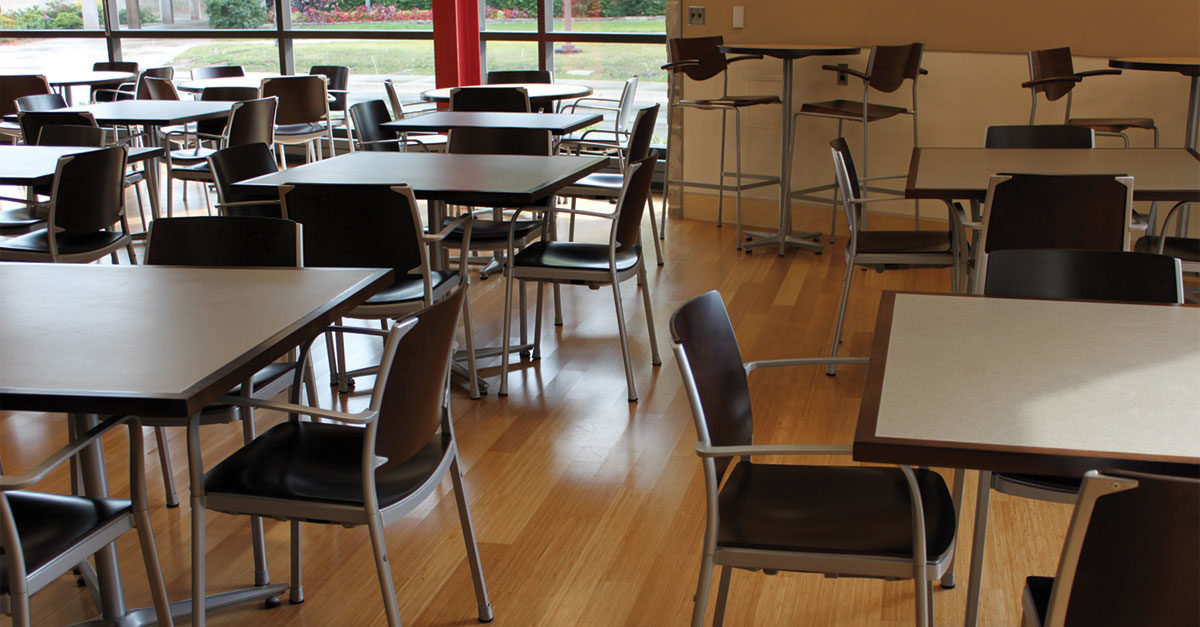Keeping a large facility in top working condition can be a difficult and expensive undertaking. Whether it’s a school, an office building, or a hospital, the maintenance costs divert an organization’s limited resources away from providing services.
Damage to flooring can quickly lead to significant maintenance expenses. The wear and tear of moving equipment, chairs, desks, and tables back and forth can be significant. Legs and edges can grind grit and debris into the floor’s finish, scrape and scratch the flooring itself, or snag the carpet.
Minimize floor maintenance costs
A good way to minimize maintenance and to prevent scratches and other damage from ruining your flooring is to add a barrier between the floor and the furniture. By adding floor protection products to the legs, casters, and sides of equipment and furniture, you can assure there is a buffer between those surfaces and the floor. There are a number of floor protection options available including tap-on, slip-on, wrap-around, clear-sleeve, and more.
- Slip-on pads fit over the furniture leg and provide a snug fit.
- Wrap-around pads are designed for tables and chairs with sled bases. They wrap around the bars that come in contact with your floors.
- Stick-on pads are probably the most familiar type of floor protection. They simply stick onto the bottom of furniture legs or surfaces.
- Floor protection for carpet allows you to move large items without tearing the flooring and can prevent large items from falling during the moving process.
- Tap-on products usually attach to the equipment legs with a small tack or nail. They work best with large items you don’t move often.
Choose the right material
The flooring and furniture in your school, assisted living facility, office building, or hospital will determine the type of floor protection you need. For instance, felt and rubber can be great options for hard flooring, although rubber can leave scuff marks and should only be used on furniture that remains stationary. However, felt pads wear down over time so it’s important to use a pad made of thick felt, especially for heavy furniture. If you have carpet, polymer material is often the best option because it protects the carpet while still allowing you to move furniture easily.
Reap the benefits
Proper floor protection reduces the maintenance costs associated with keeping your floors looking like new. In addition to protecting surfaces from scratches, rust, and stains, protective pads also limit the noise and effort associated with rearranging floor plans. These pads often enable one person to move furniture instead of two or three, further reducing your costs.



